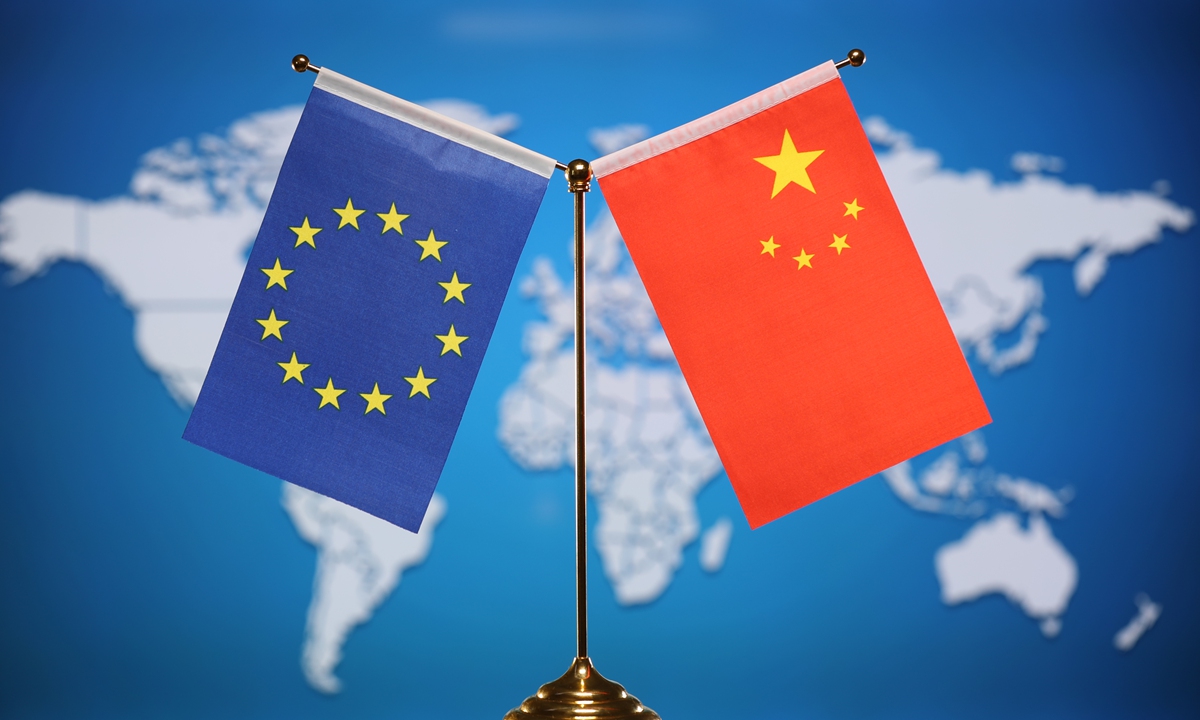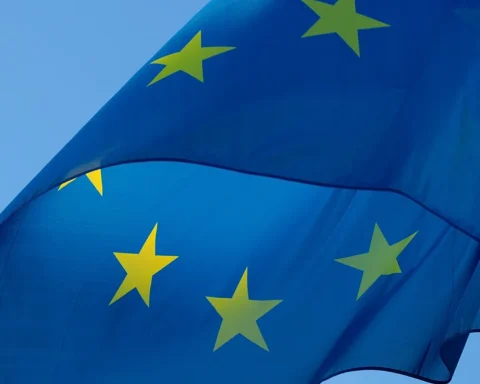China and Europe maintain a complex and multifaceted relationship in 2025, shaped by cooperation, competition, and cautious diplomacy.
Economic Ties
China remains one of Europe’s largest trading partners. The two regions engage heavily in trade, investment, and technology exchange. European companies benefit from China’s massive consumer market, while China relies on European technology, machinery, and luxury goods. However, concerns over trade imbalances, market access, and intellectual property rights continue to be points of tension.
Strategic Competition
While economic ties are strong, Europe and China compete for influence on the global stage. The European Union is cautious about China’s growing geopolitical ambitions, especially regarding infrastructure projects like the Belt and Road Initiative, which extend China’s reach into Europe and neighboring regions.
Political Relations
Political relations are marked by both dialogue and disagreement. Europe often criticizes China over human rights issues, cybersecurity concerns, and differences in governance models. At the same time, both sides engage in diplomatic talks to manage tensions and promote areas of mutual interest, such as climate change and global health.
Technology and Security
Europe is increasingly wary of China’s role in critical technology sectors like 5G, AI, and semiconductors. Many European countries are working to balance economic collaboration with safeguarding national security and technological sovereignty.
Future Outlook
The China-Europe relationship in 2025 is likely to remain a balancing act. Both sides recognize the benefits of cooperation but are mindful of underlying strategic and ideological differences. Dialogue, cautious engagement, and competition will shape their evolving partnership in the years ahead.






















